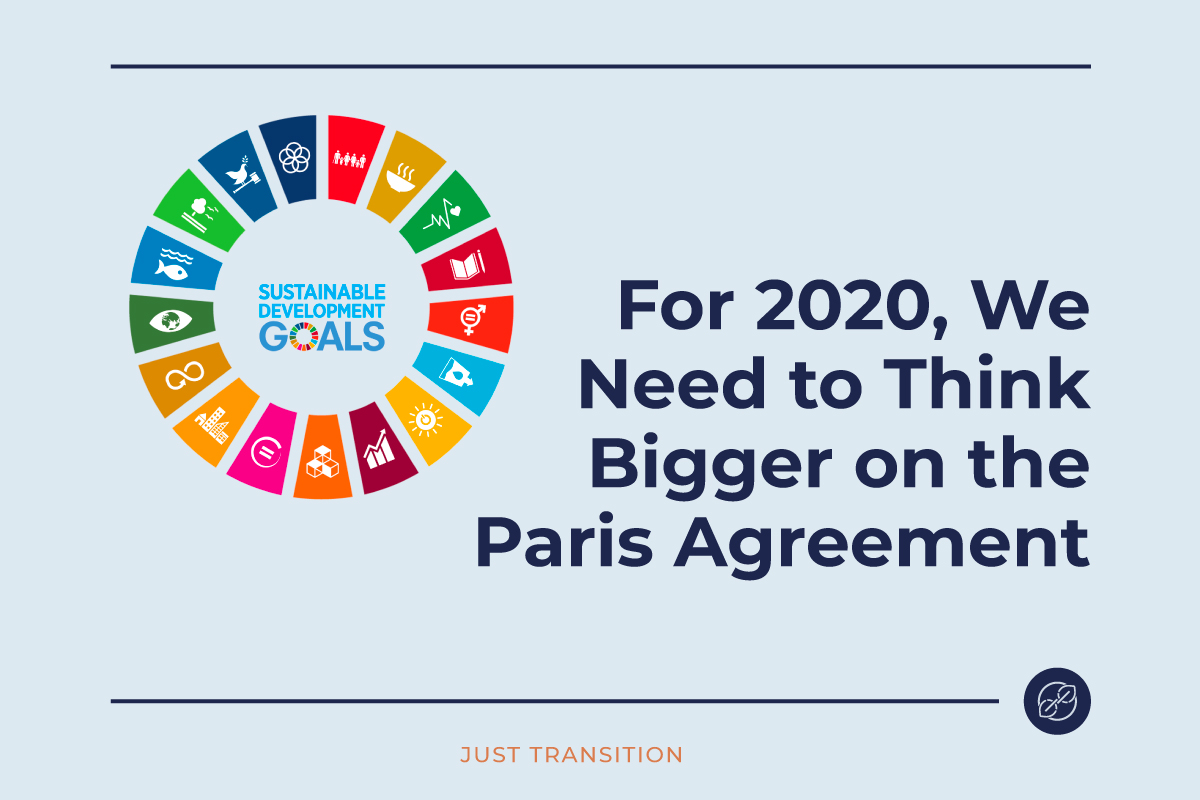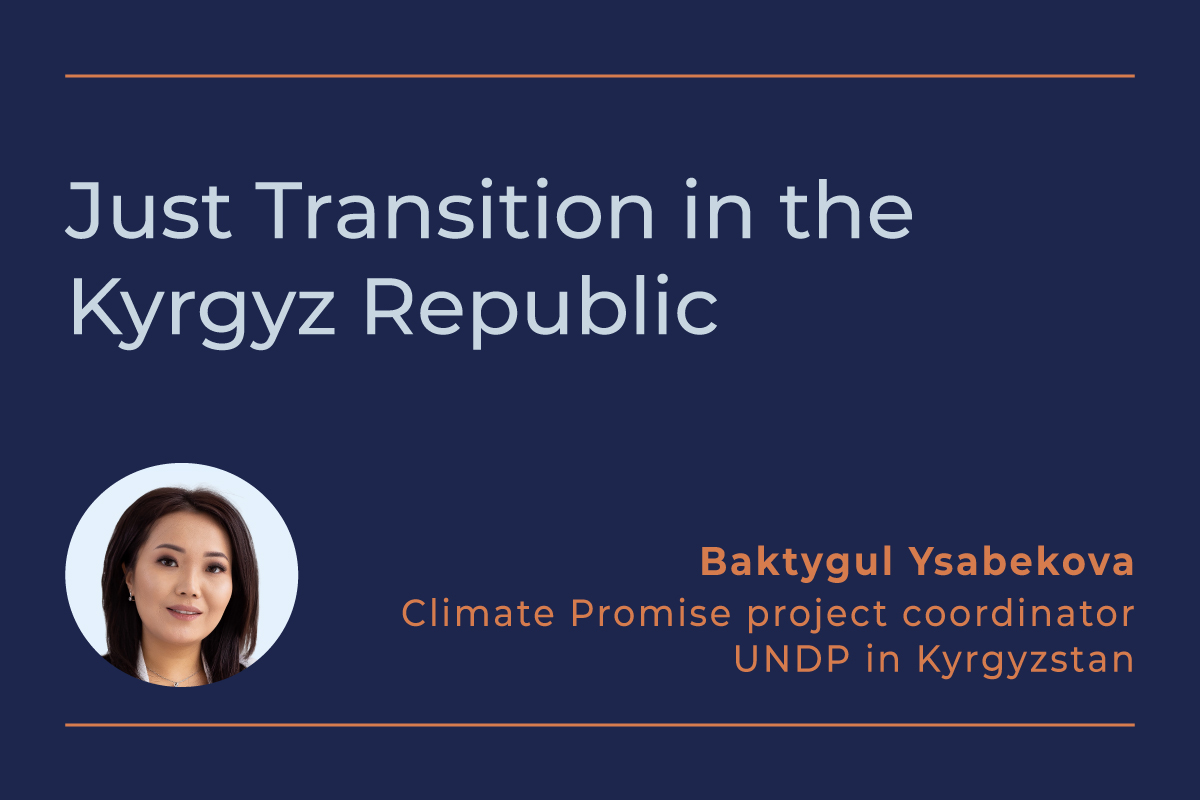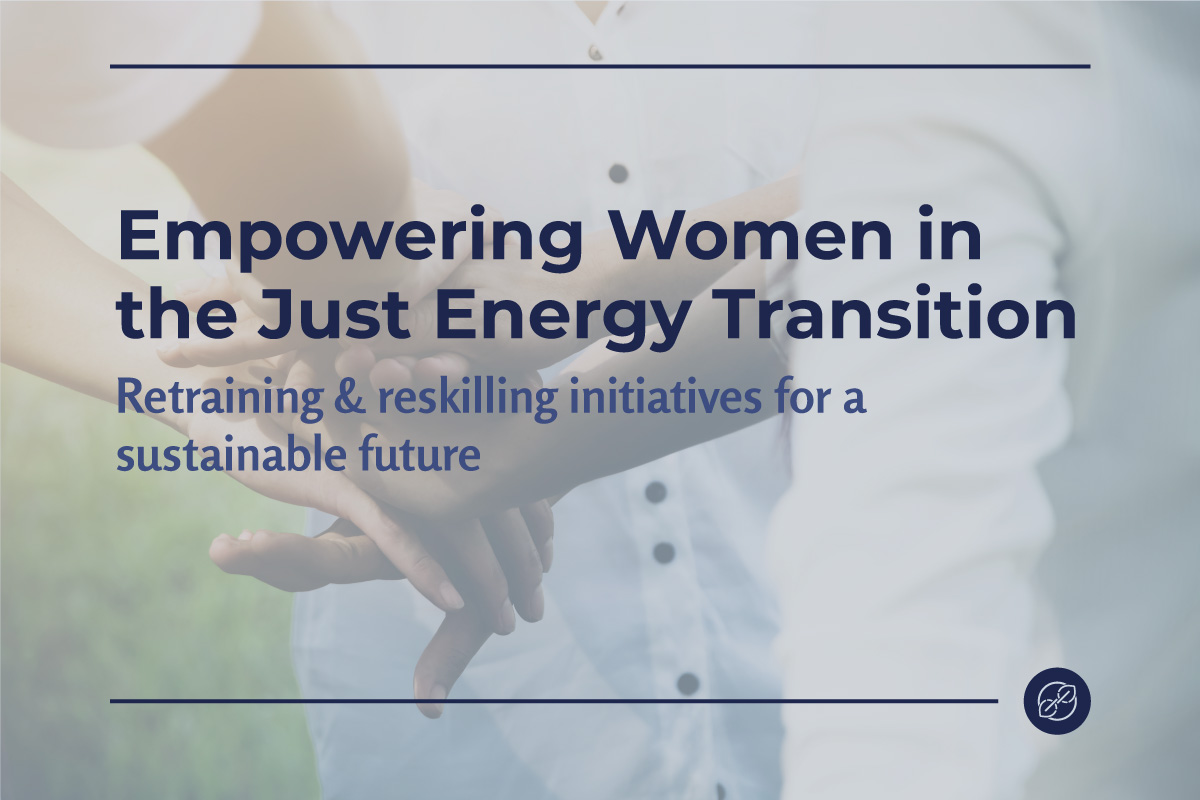The Paris Agreement defines climate actions in the context of the SDGs, and climate change is seen as the single biggest threat to sustainable development. In most cases, countries have focused their Nationally Determined Contributions (NDCs) on project level mitigation actions, following the same approach as it was done under the Kyoto Protocol. However, the Paris Agreement was developed with a broader, more ambitious scope in mind to limit the temperature increase to 2o C, and even a more ambitious 1.5o C goal. Achieving the Paris Agreement in the context of the SDGs requires a transformational change that moves away from incremental actions and relates to the economy and society as a whole.
The case for a Circular Economy
Disrupting current high-carbon production and consumption cycles and instead turning towards zero-carbon economies by 2050 will require a rigorous approach, involving multiple actors at multiple levels through long-term processes that reinforce zero-carbon practices. Different analysis agree that as designed, the current NDCs, even if fully implemented, will only reach half the target needed to achieve the Paris Agreement goal[1]. Without rethinking some fundamental shifts in how we approach growth and development, we will not be able to meet the goal.
The IPCC estimates a remaining carbon budget for this century of 800 billion tons of CO2[2]. While energy efficiency and transitioning to low carbon energy can reduce this figure, it is still not enough to lower emissions sufficiently to meet the 1.5o C goal. The CO2 budget covers all major emissions from energy and industry, including materials production, power generation, transport, heating, appliances, and manufacturing. Focusing solely on emissions reduction in the energy sector does not take into account all these other opportunities.
The scope of the actions proposed to achieve the goal of the Paris Agreement requires a dual focus, on curbing emissions and promoting overall sustainable development.
“In order to achieve the long-term temperature goal set out in Article 2, Parties aim to reach global peaking of greenhouse gas emissions as soon as possible … in the context of sustainable development and efforts to eradicate poverty.”
Article 4.1
Industrial growth is a key development factor and a major source of GHG emissions. Between 1970 and 2010, global materials extraction tripled, and it is still continuing to grow[3]. Estimates suggest that up to two thirds of global greenhouse gas emissions are related to materials[4]. With current trends, materials production alone would result in more than 900 Gt of emissions, far greater than the total allocated “budget” of 600 Gt and greater still than the 300 Gt allocated to materials[5].
Reducing materials demand
By implementing strategies to reduce materials demand, we can make deep cuts to emissions. As an example, demand-side opportunities could reduce EU industrial emissions by almost 300 Mt/yr by 2050[6]. However, this should not replace supply-side measures.
Material recirculation
Within industrial processes, opportunities exist for material recirculation, which cuts CO2 emissions since it requires less energy than new production processes. According to the Circularity Gap report[7], only 9% of materials are currently recycled, which means that 90% of used materials have direct carbon emissions associated with extraction, production, consumption and disposal. Moving further up the value chain, product design and end-of-life disassembly need to enable high-value recovery.
Equally important is to reduce materials input to key production processes. For example, half the aluminium produced each year becomes scrap. Around 15% of total building materials are unsustainably used and consequently wasted in the construction process. Technology solutions through high-tech materials and improved building techniques can greatly increase efficiency in the construction industry.
“Parties share a long-term vision on the importance of fully realizing technology development and transfer in order to improve resilience to climate change and to reduce greenhouse gas emissions.”
Article 10.1
Material efficiency
Technological innovation is essential in achieving transformational change. Currently, we see examples of innovation such as 3D prints eliminating scrap metal and digitalization of construction processes eliminating excess products and waste. Other innovations include improved waste management through new sensor and sorting technologies, chemical marking of plastic types for easier sorting, advanced automation of construction processes, new methods to separate copper from steel, and chemical recycling technologies. Advancing innovation and technological processes has also significant co-benefits, such as local job creation and reduced air pollution.
New business models
Innovation is linked circular business models, particularly the sharing economy. This enables us to make more efficient use of products such as vehicles or buildings. Shared car fleets mean higher utilization per car and lower cost per kilometer, and fewer cars on the road result in improved air quality. City planning can promote utilization of buildings for several different uses throughout their lifetimes.
“Parties shall cooperate in taking measures, as appropriate, to enhance climate change education, training, public awareness, public participation and public access to information, recognizing the importance of these steps with respect to enhancing actions under this Agreement.”
Article 12
Conclusion
Amongst other strategies, these four examples of circular economy strategies linked to materials use–reducing demand, material recirculation, material efficiency and new business models–must be considered in a country’s revised NDCs, the instrument of achieving Paris-aligned goals, to increase the level of ambition and get closer to 1.5o C. By rethinking materials use, technological innovation, new circular business models, we can move beyond Kyoto-aligned goals and meet the ambitious Paris-aligned goals. As we approach the 2020 process for updating NDCs, countries will have the opportunity to consider these fundamental and systemic changes in the next iteration of their NDCs and find more comprehensive solutions to meet the Paris Agreement goal of 1.5o C while developing their economies and achieving sustainable growth.
[1] UNEP Emissions Gap Report [link]
[2] IPCC Fifth Assessment Report [link]
[3] UNEP Global Resource Outlook 2019 [link]
[4] Hoogzaad J.A., Bardout, M., , Stanley Foundation – Looking Beyond Borders: The CE Pathway for Pursuing 1.5°C – Policy Analysis Brief., available from: [link]
[5] The Circular Economy: A Powerful Force for Climate Mitigation [link]
[6] The Circular Economy: A Powerful Force for Climate Mitigation, [link]




